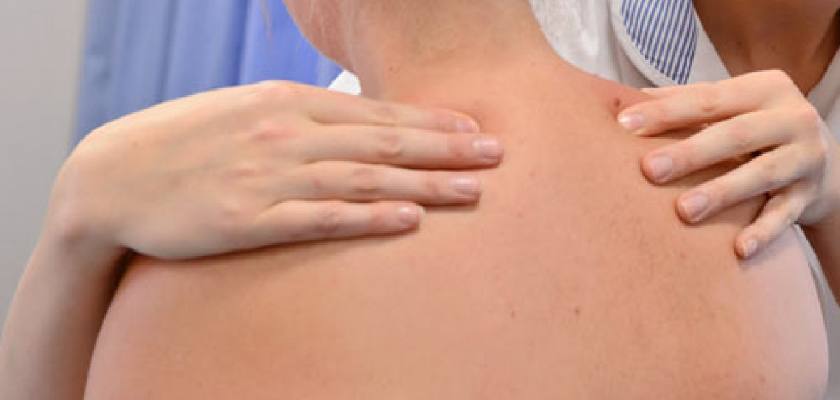
Prevention and recovery from shoulder injury may require different exercises and protocols. Some exercises that are optimal for shoulder joint(s) health in specific athletes and those with no previous shoulder injuries may NOT be appropriate if you have already had shoulder surgery or are experiencing acute shoulder pain.
The treatment and exercise protocols for a rotator cuff strain, labrum tear and frozen shoulder can be vastly different. Each person’s unique anatomy, symptoms, medical diagnosis and goals should direct one’s choice of exercises and treatments. So whether it is the exercises below, stretches a friend shows you or a video you saw of a professional athlete doing to get back on the field, make sure you are customizing the injury rehab and prevention program to your unique needs and goals.
Various physical exercises which are helpful in the rehabilitation procedure are :
- Shoulder EXTERNAL Rotations : This exercise isolates 2 of the 4 rotator cuff muscles, the Infraspinatus and Teres Minor. A strong and flexible rotator cuff is essential for shoulder joint health and shoulder injury prevention.
- Shoulder INTERNAL Rotations : Performing INTERNAL rotation with the elbow by one's side is a relatively basic and beginning way to strengthen this important shoulder joint stabilizer.
- Scaptions : This exercise isolates the Supraspinatus muscle, which is one of the four rotator cuff muscles and is specifically responsible for stabilizing the shoulder joint when you lift your arm over your head.
- Shoulder Retractions : This exercise is great for improving posture by activating the upper back muscles that keep the spine upright and the shoulder blade muscles that keep the shoulder blades from collapsing forward and internally.
- Wall Angels : This is a uniquely effective exercise at engaging many muscles responsible for shoulder stability, proper head and neck positioning, upright posture and smooth scapulo-humeral rhythm.
- Wall Push-ups : Modified push-ups can safely help create shoulder stability, strength and neuromuscular coordination in the shoulder complex. As you get stronger you'll be able to increase difficulty by orienting your body more horizontally.
- Quadripeds : It is very safe and although it looks simple, it actually requires a lot of stability, flexibility and mobility in the hip, abdominals, spine and shoulder. This is great to do directly after a series of Cat/Cow.
